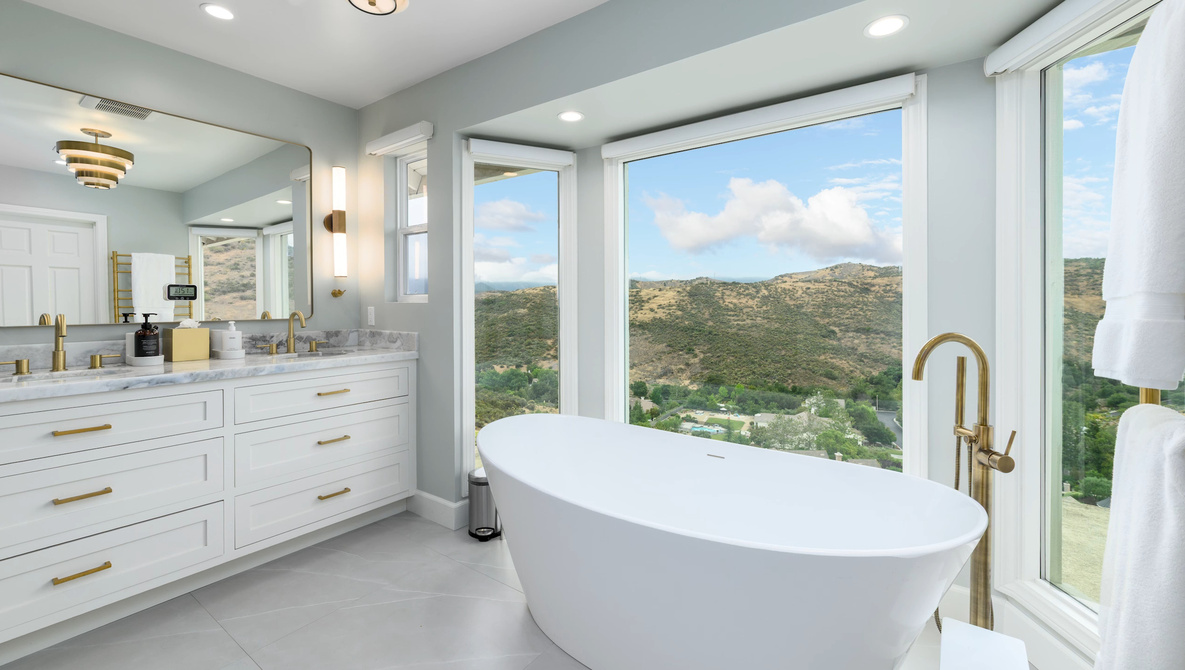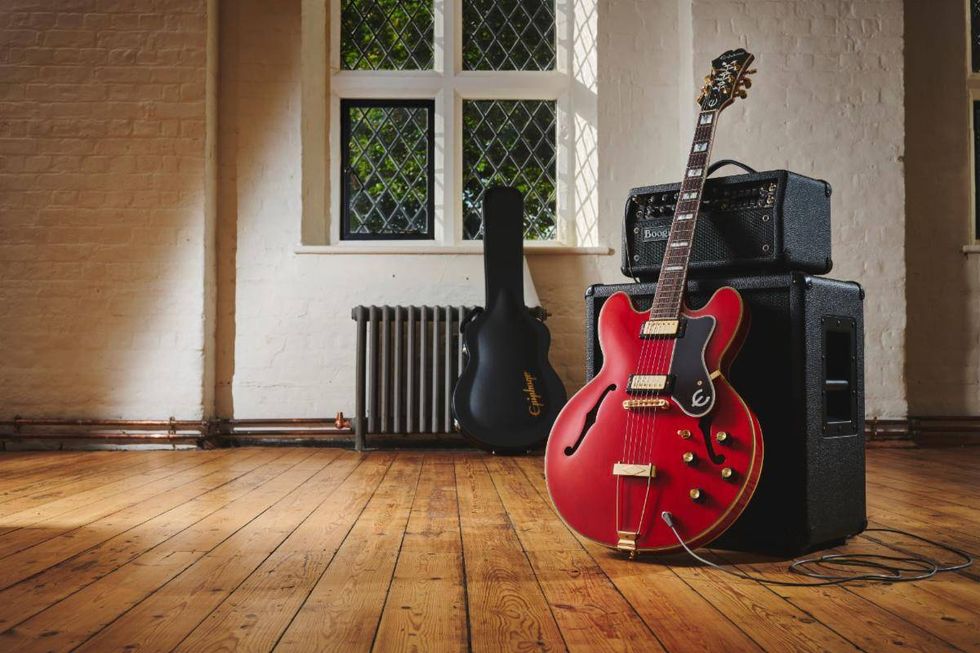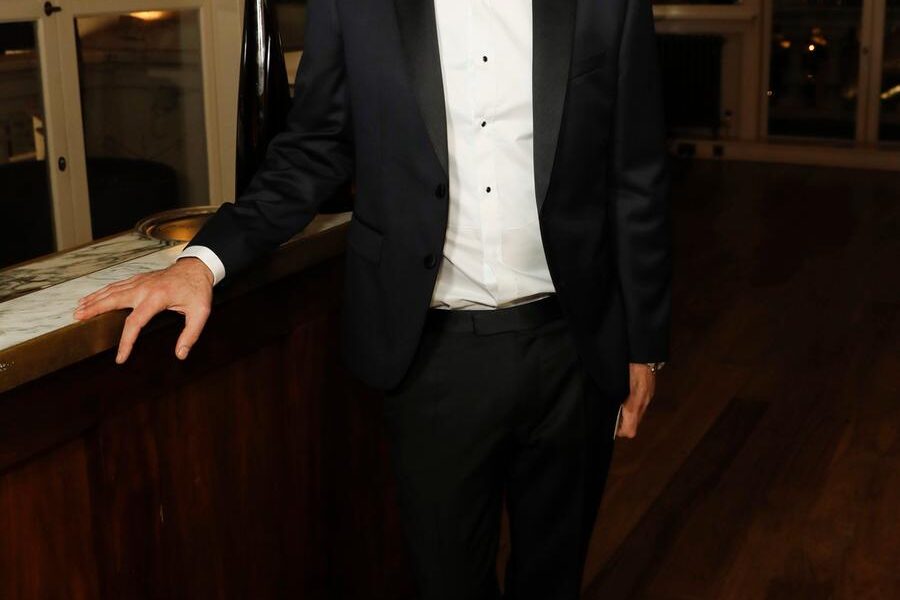URGENT UPDATE: New insights into real estate photography have just been released, revealing critical techniques that can elevate your property shots dramatically. Renowned photographer Alex Cooke from Cleveland has shared a groundbreaking video that breaks down composition into actionable steps for immediate application on your next shoot.
In today’s fast-paced real estate market, the difference between a successful listing and a lackluster one often comes down to how effectively a space is presented. Cooke emphasizes that strong gear and clever lighting are not enough without a solid understanding of composition. This latest guidance focuses on how to direct viewer attention, manage geometry, and shape the ambiance of the space.
The video begins with a focus on geometry, stressing the importance of keeping verticals upright and ensuring the camera is level. Using a virtual horizon is recommended, followed by fine-tuning alignment with precision tools. Once geometry is in check, viewers learn to create visual flow through structural lines that guide the eye to features like kitchen range hoods or beautiful window views.
Tonal flow is the next critical component, demonstrating how contrast and brightness can attract attention to key elements without overwhelming the viewer. Cooke showcases a kitchen scene to illustrate how leading lines act as visual arrows, drawing focus to brighter areas that serve as natural focal points. He reminds photographers that while the rule of thirds is beneficial, clear flow paths within the room take precedence.
These essential techniques are crucial, especially when tasked with making a modest condo appear inviting rather than cramped. Understanding the room’s flow leads to quicker decision-making on-site and results in cleaner edits later on.
Further, Cooke dives into angular perspective, noting that this method effectively showcases two walls, creating a sense of overall space. However, he warns that getting too close with an 18mm lens can distort proportions, suggesting a step back or switching to a longer lens for more natural results. For full-frame shooters, maintaining a focal length of 20mm or longer is preferred to keep furniture appearing proportionate.
The video also highlights single point perspective, a technique that enhances symmetry and gives a calm, sophisticated feel to a room. This approach requires careful alignment but pays off with polished results, especially valuable for design clients or large living spaces.
Framing techniques add an element of intrigue, as Cooke explains how shooting through doorways or architectural cutouts can hint at features before revealing the entire scene. Although some listing agents may resist this approach due to potential square footage concerns, it can significantly enhance luxury listings.
To construct a shoot that feels intentional, Cooke recommends a psychological flow:
– Start with angular perspective to provide context.
– Introduce framing shots to preview key features.
– Anchor the series with a single point view for clarity and elegance.
As time allows, adding subtle details can transform the gallery from a simple map into a curated tour of the property.
This urgent update from Alex Cooke is essential for real estate photographers looking to enhance their skills and deliver stunning results for their clients. Watch the full video for a comprehensive breakdown of these strategies and transform your real estate photography game today.







